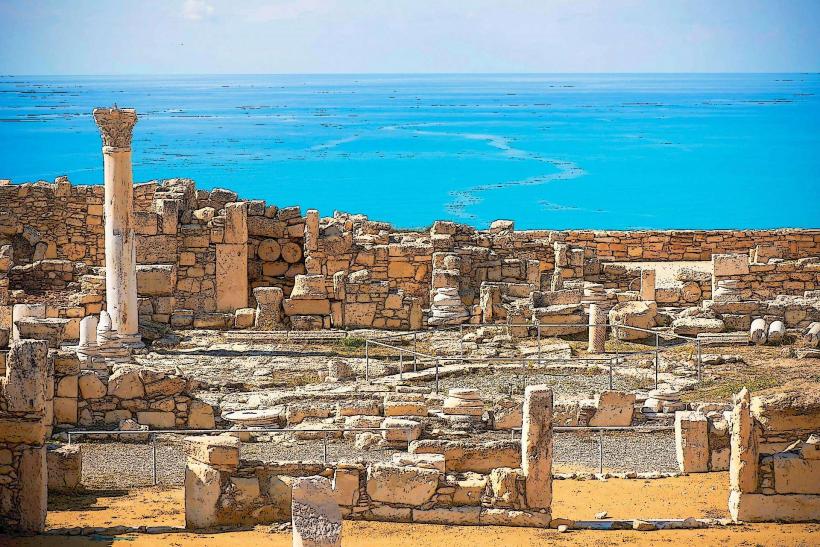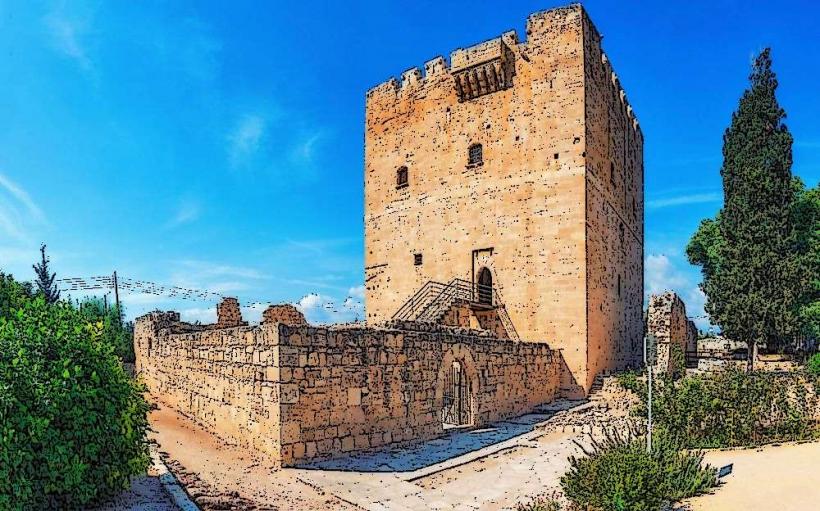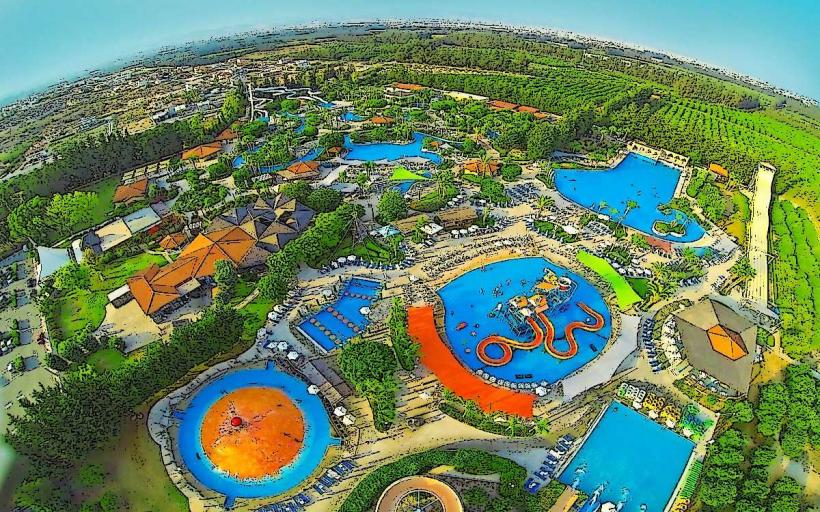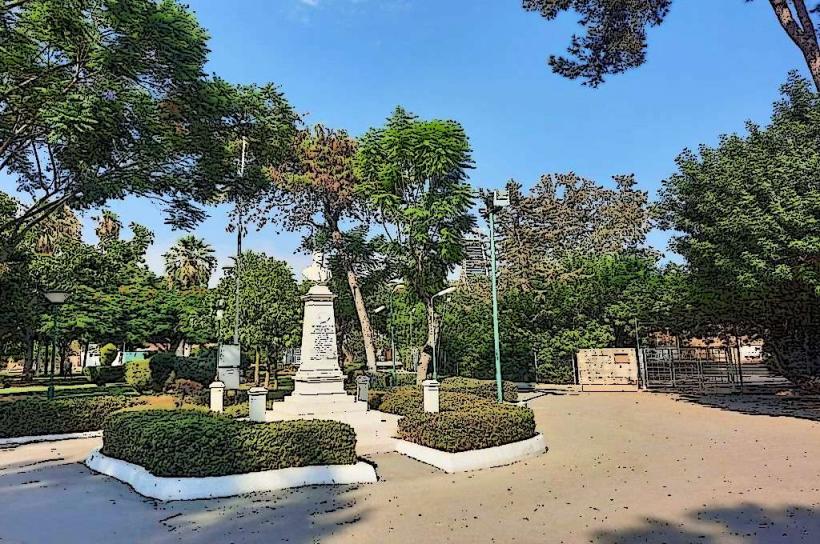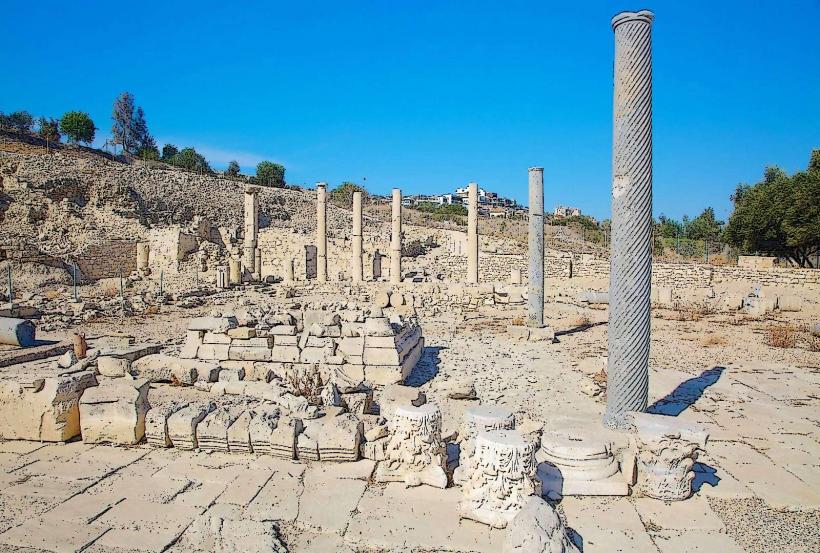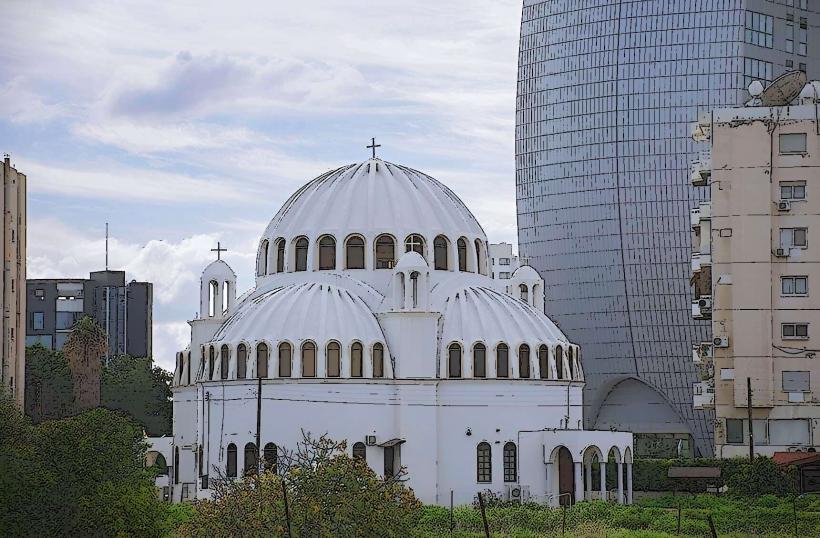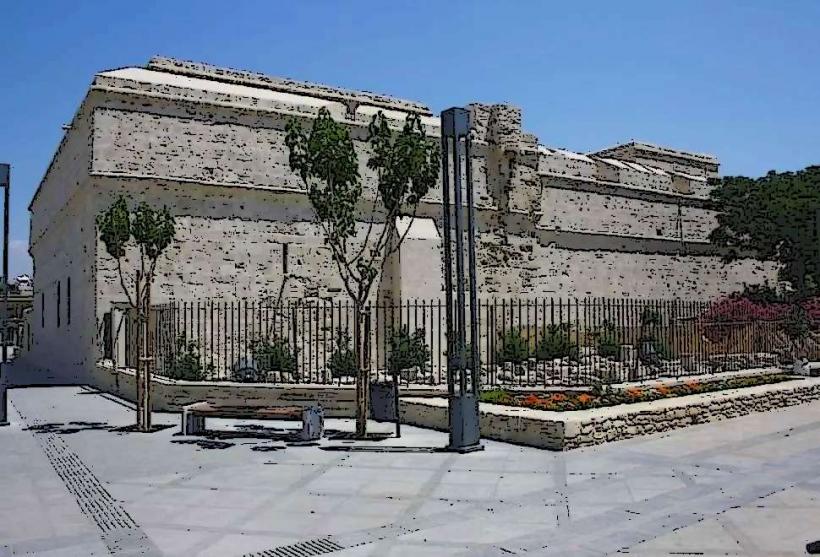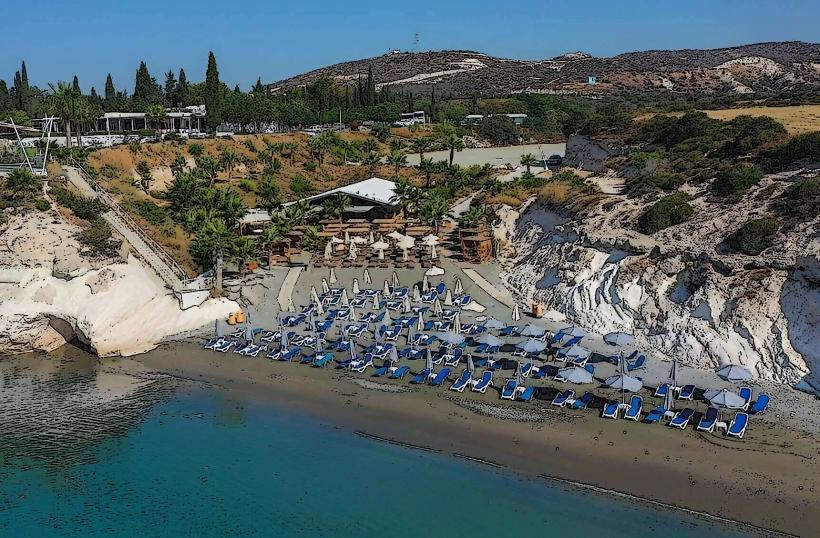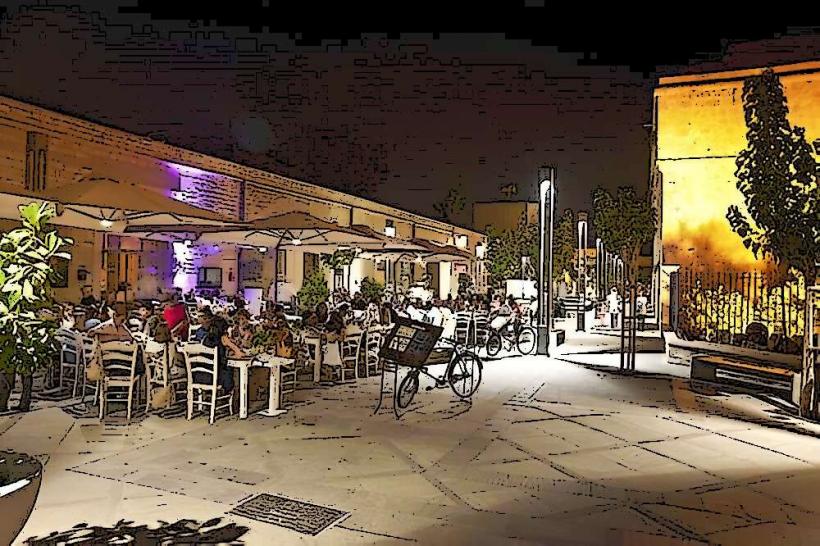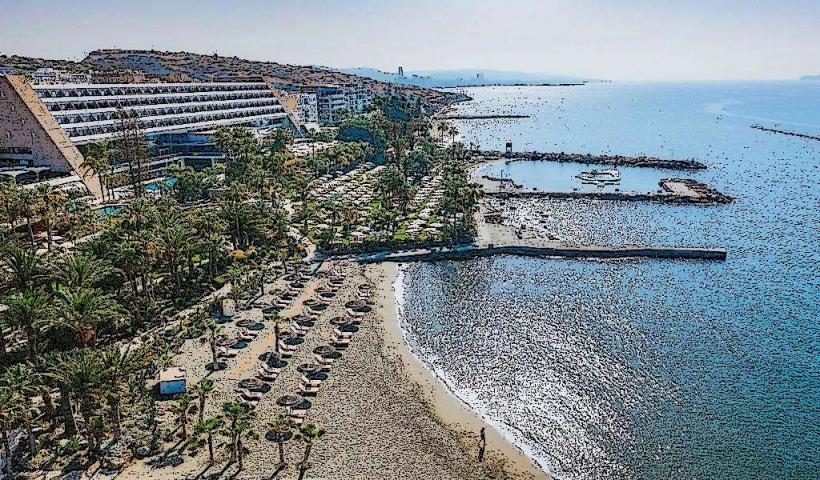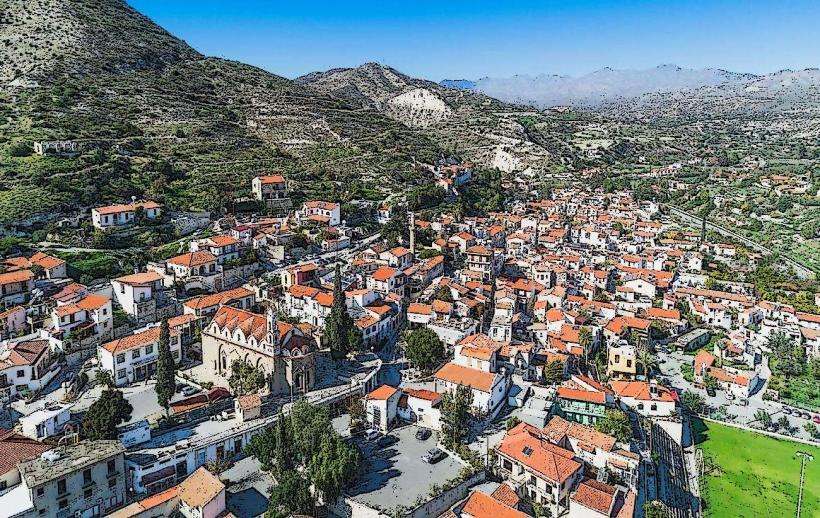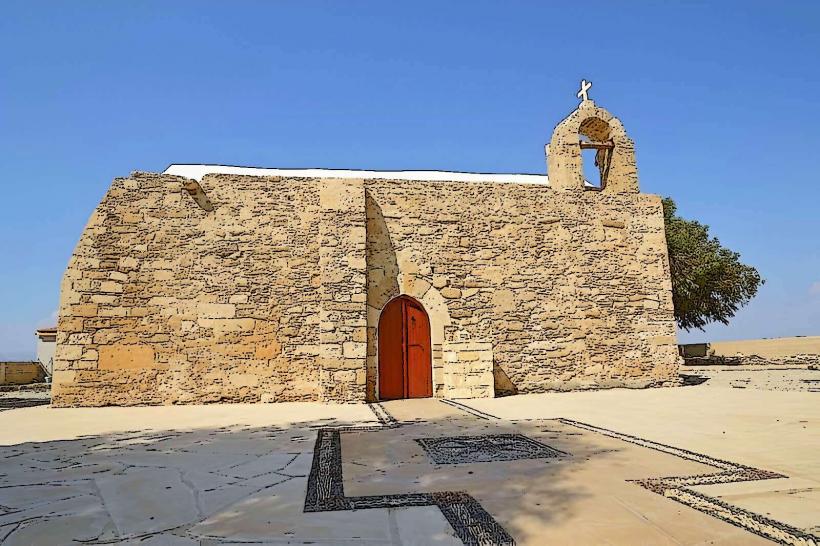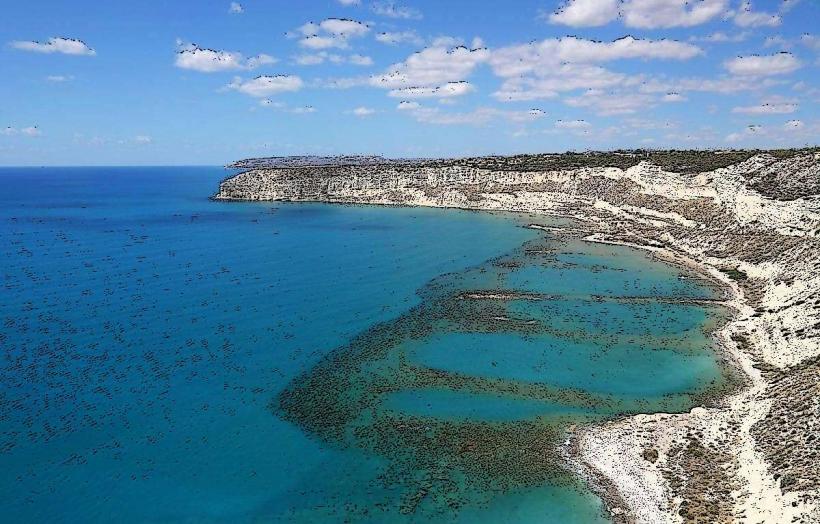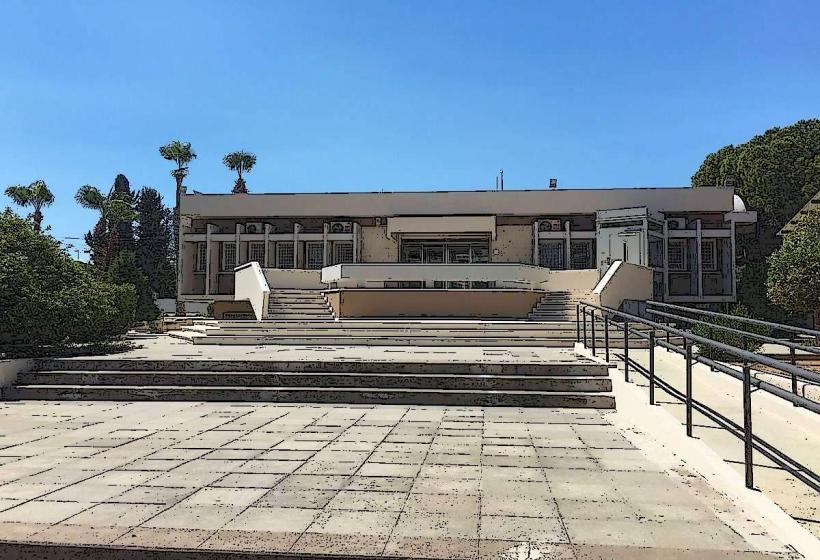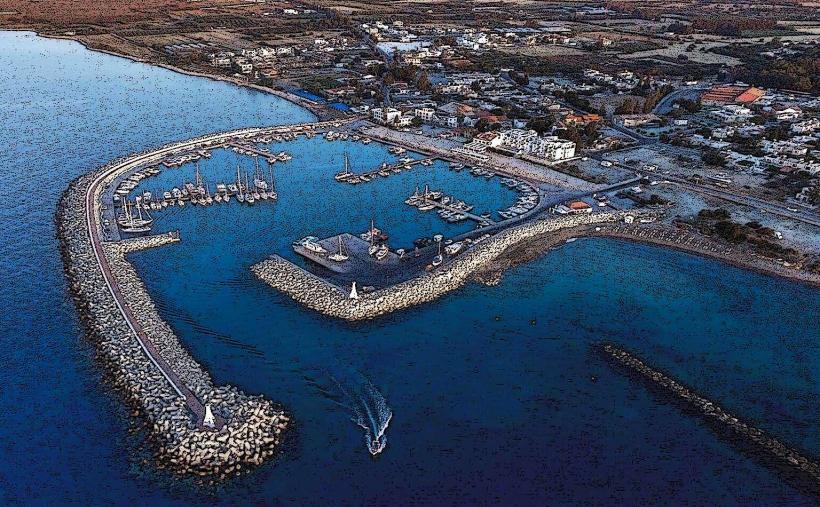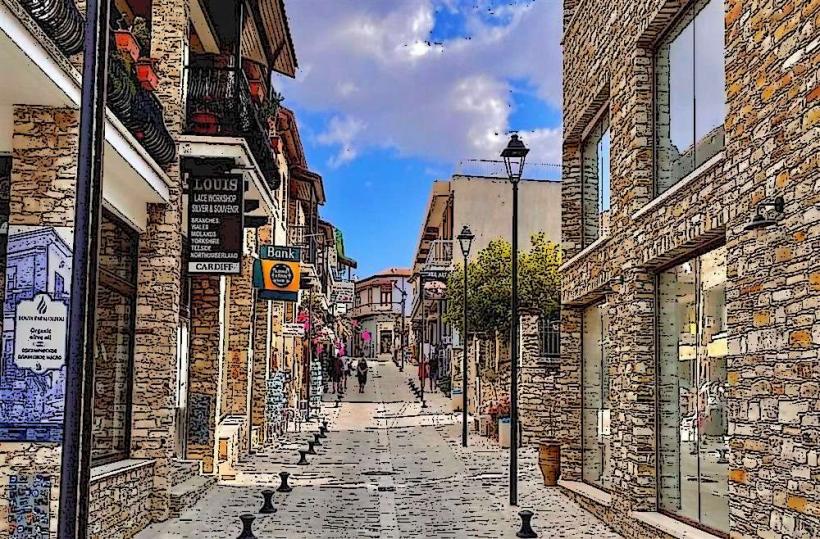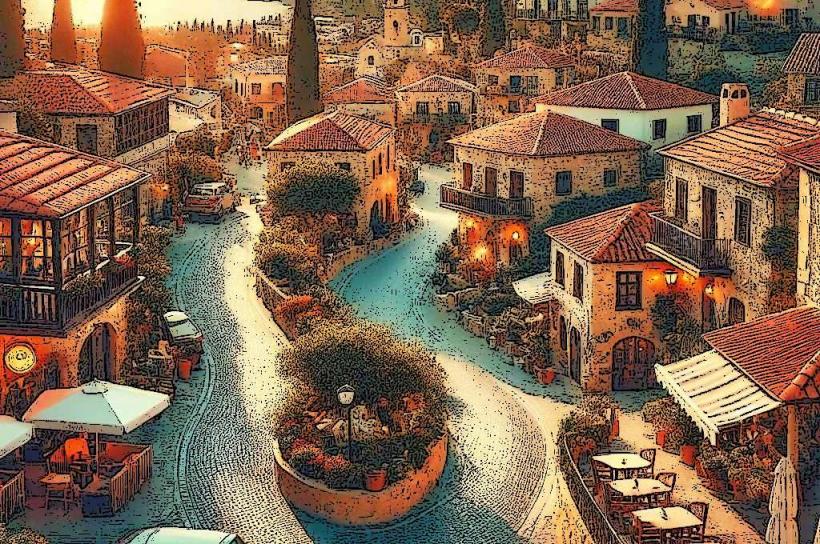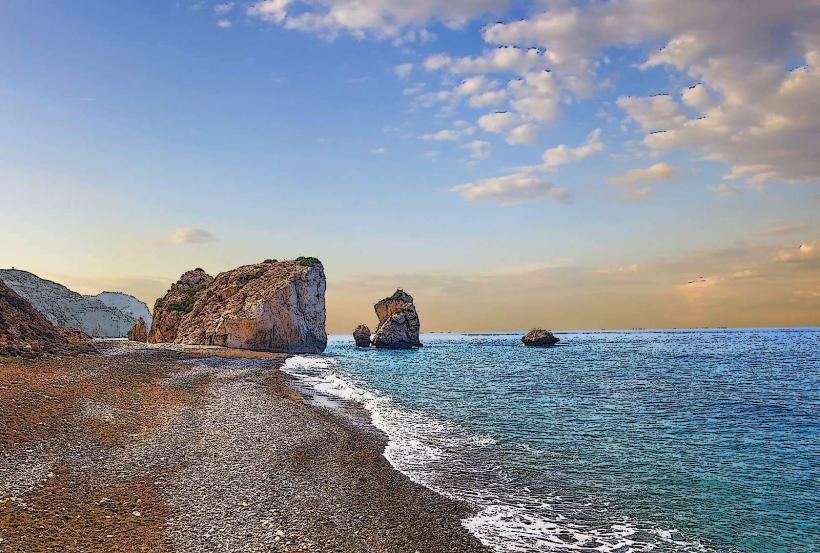Information
Landmark: Ancient Curium TheaterCity: Limassol
Country: Cyprus
Continent: Europe
The Ancient Curium Theater is one of the most impressive and well-preserved ancient structures in Cyprus. Located at the Curium Archaeological Site (also known as Kourion) near the town of Episkopi in southern Cyprus, this theater offers fascinating insights into the ancient Greek and Roman cultures that once thrived on the island. It is one of the major attractions of the Curium archaeological site and a key part of the island's ancient history. Here’s a detailed look at the Ancient Curium Theater:
Historical Background
Curium (Kourion):
- Curium was one of the ancient city-kingdoms of Cyprus, flourishing particularly during the Hellenistic and Roman periods. The city was known for its wealth, culture, and strategic location along the southern coast of the island.
- The Curium Theater was originally built during the Hellenistic period, around the 2nd century BCE, but it was later modified and expanded during the Roman period. It stands as a testament to the city’s importance in ancient times, particularly as a center for entertainment, culture, and public life.
Purpose of the Theater:
- The theater was primarily used for public performances, including dramas, musical concerts, orations, and festivals dedicated to gods and rulers. It was an essential part of the ancient city’s social and cultural life.
- The theater is thought to have been used for performances dedicated to Greek drama (tragedy and comedy), but it also hosted Roman-style spectacles, such as gladiatorial contests and other forms of public entertainment.
Architecture and Features of the Theater
Design and Layout:
- The Ancient Curium Theater is a Greek-style amphitheater, designed to take full advantage of its natural setting on a hillside. The theater faces the Mediterranean Sea, providing stunning views and a great acoustical experience for its audience.
- The theater has a semi-circular shape, with a cavea (seating area) that could hold up to 3,500 spectators. The seats are made of limestone, and the layout is designed in such a way that every seat has a clear view of the stage and excellent acoustics.
- The stage area (known as the orchestra) was the central part of the theater, where performances took place. The stage was originally made of wood, but later, a more permanent structure was added in the Roman period, with columns, arches, and decorative elements.
Construction Materials:
- The theater is built primarily from limestone and local stone. The seats and the stage were crafted with great precision, and many of the blocks used in construction are still visible today.
- Over the years, much of the theater’s structure has been well-preserved, and restoration efforts have helped maintain its original grandeur.
Seating Arrangement:
- The seating in the theater is divided into several tiers, with the higher seats offering the best views. The lower sections were reserved for the elite class or nobility, while the upper sections were for the general public.
- The tiers were originally divided by walkways and stairs to provide access to the various seating areas.
Stage and Orchestra:
- The orchestra (performance area) is circular, and it was where the actors performed. The orchestra is one of the key features of the theater and remains relatively intact, allowing visitors to get a sense of the scale and design of ancient performances.
- The stage building behind the orchestra had a rectangular design and included columns, arches, and decorative features. Although much of the original stage has been lost or destroyed over time, some remains of columns and structural elements are still visible today.
Acoustics:
- The theater is renowned for its excellent acoustics. Even though it has been centuries since it was last used for performances, the sound quality is still remarkable. The natural slope of the hillside and the materials used in the construction helped amplify the voices of actors, making it possible for even those seated at the back to hear clearly.
Restoration and Preservation
The Ancient Curium Theater has undergone various stages of restoration since its original construction. It was heavily damaged during an earthquake in 365 CE, which caused parts of the theater to collapse. However, much of the theater was later reconstructed during the Roman and Byzantine periods.
In more recent times, the theater has been carefully excavated, restored, and preserved by archaeologists. Restoration work has included the reconstruction of some seating sections, the clearing of debris, and the stabilization of the stage structure. The theater has also been made accessible to the public, allowing visitors to experience its grandeur firsthand.
Visitor Experience
Performances and Events:
- Today, the Ancient Curium Theater is still used for performances. During the summer months, it hosts various cultural events, including open-air concerts, theater productions, and classical music performances. The venue’s historical atmosphere and outstanding acoustics make it an ideal location for cultural events.
- The theater is part of the Curium Archaeological Site, and visitors can explore the ruins of the entire city, including the theater, baths, temples, and mosaics.
Panoramic Views:
- One of the highlights of visiting the Ancient Curium Theater is the breathtaking view. The theater overlooks the Mediterranean Sea, offering visitors a chance to enjoy the natural beauty of the coastline while exploring an ancient cultural landmark.
- The location of the theater on a hillside provides visitors with panoramic views of the surrounding countryside, the ancient city of Curium, and the sea.
Accessibility:
- The Ancient Curium Theater is accessible to the public, with clear pathways and signs directing visitors around the site. While the site is not fully wheelchair accessible due to its ancient structure and uneven terrain, efforts have been made to ensure it is as accessible as possible for all visitors.
- The nearby Curium Archaeological Museum also offers a wealth of information about the history of the theater and the ancient city of Curium, with artifacts and exhibits that provide context for the ruins.
Conclusion
The Ancient Curium Theater is one of Cyprus’s most important and visually stunning archaeological landmarks. Its rich history, remarkable acoustics, and stunning setting make it a must-visit site for history enthusiasts and tourists alike. The theater’s impressive remains offer a glimpse into the grandeur of ancient Greek and Roman cultural life, while its continued use for performances highlights its enduring legacy as a center for the arts and entertainment. Whether exploring the site during the day or attending a performance in the evening, the Ancient Curium Theater offers a unique and unforgettable experience.


